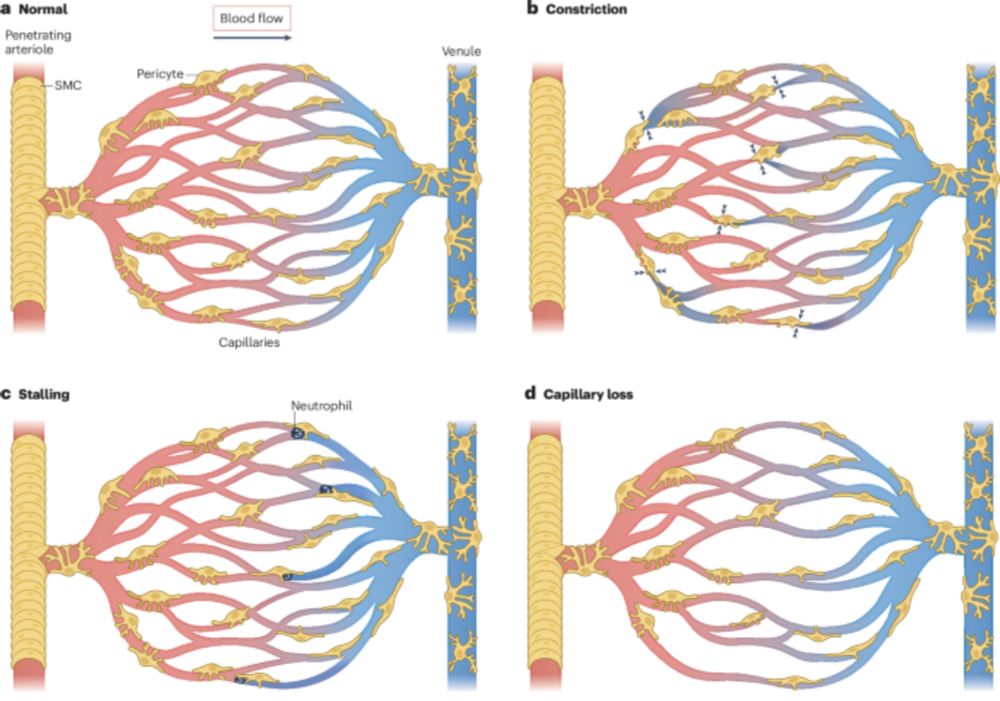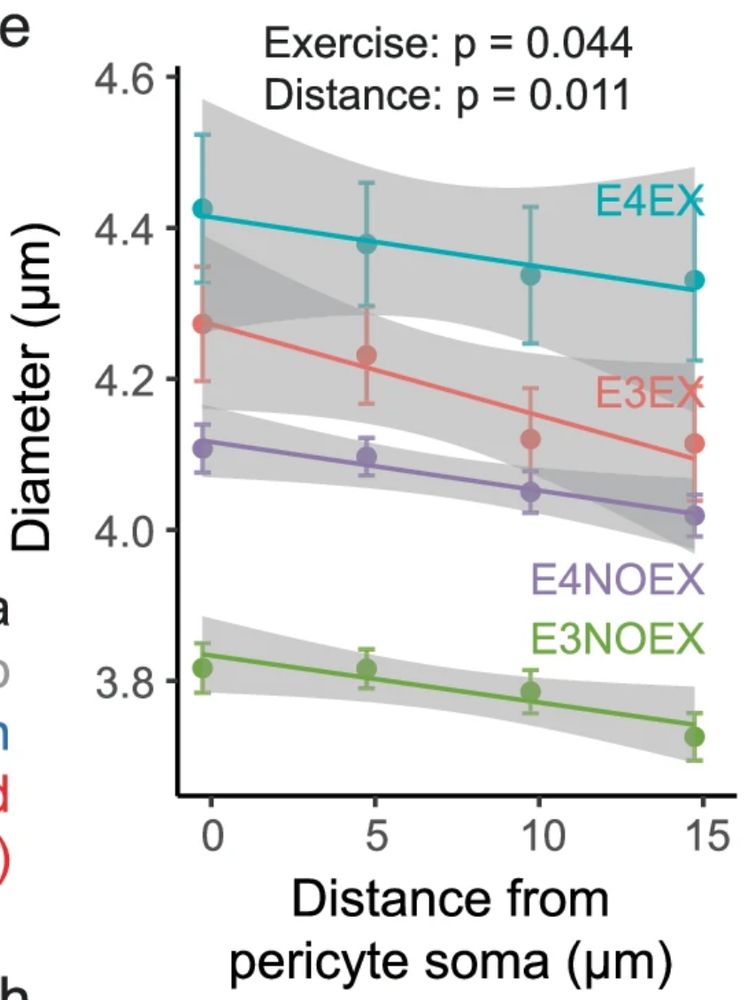Catherine Hall
@cathnaledi.bsky.social
850 followers
1.4K following
53 posts
Professor of Neurovascular stuff at Sussex Uni. My lab researches how the brain controls its blood flow.
Also at @[email protected] and @cathnaledi on what-was-Twitter
Posts
Media
Videos
Starter Packs
Reposted by Catherine Hall
Catherine Hall
@cathnaledi.bsky.social
· Jun 11
Catherine Hall
@cathnaledi.bsky.social
· Jun 11
Catherine Hall
@cathnaledi.bsky.social
· Apr 22

Rothbury Estate for Nature and the Nation – Big Give
Rothbury Estate offers a unique chance to create one of England’s largest nature recovery areas. By protecting its rich heritage, supporting local farmers and improving public access, The Wildlife Tru...
donate.biggive.org
Catherine Hall
@cathnaledi.bsky.social
· Mar 16
Catherine Hall
@cathnaledi.bsky.social
· Feb 23
Catherine Hall
@cathnaledi.bsky.social
· Feb 21
Catherine Hall
@cathnaledi.bsky.social
· Feb 20
Catherine Hall
@cathnaledi.bsky.social
· Feb 13
Catherine Hall
@cathnaledi.bsky.social
· Feb 13
Catherine Hall
@cathnaledi.bsky.social
· Jan 30
Catherine Hall
@cathnaledi.bsky.social
· Jan 30
Catherine Hall
@cathnaledi.bsky.social
· Jan 30







